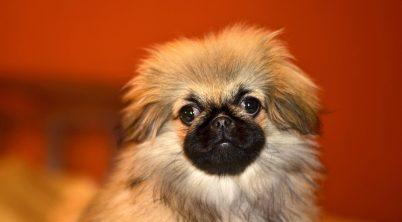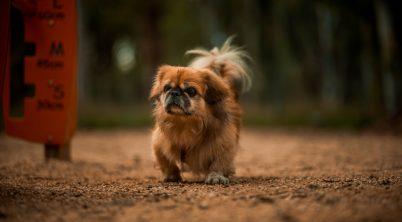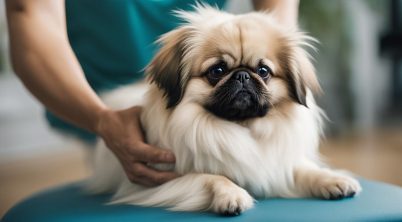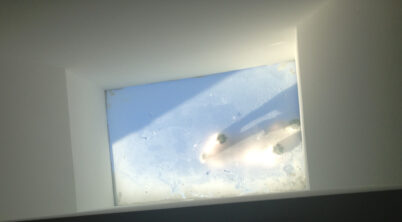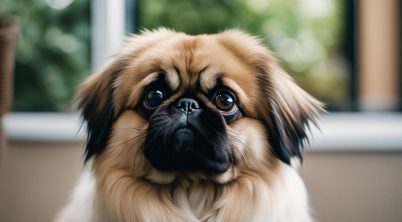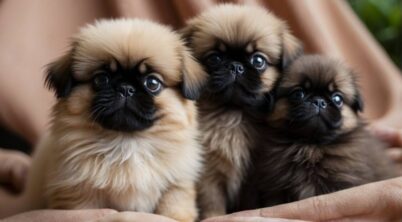The Pekingese dog, a compact toy companion with a regal bearing, is one of several breeds created for the ruling classes of ancient China. Known for its distinctive rolling gait, the Pekingese has a rich history as a loyal and affectionate companion, closely bonding with Chinese royalty throughout its existence. Queen Victoria brought the breed to wider popularity in the western world, and today, they retain their status as charming lap dogs with a proud and sophisticated demeanor.
Originating in Peking, now known as Beijing, Pekingese were often referred to as “lion dogs” due to their appearance and historical significance. In ancient China, they were considered sacred animals and believed to have the power to protect their owners from evil spirits. The breed’s distinctive appearance, characterized by a long, straight, double coat, and bold temperament, made them highly sought-after among the Chinese nobility.
Pekingese dogs have a unique way of walking, which is often described as a rolling gait. This particular movement sets them apart from other dog breeds and serves as a testament to their resilience and strength, despite their compact size. Studying and understanding the gait of Pekingese dogs not only provides insight into their physical characteristics but also adds to the appreciation of their rich history as cherished companions in ancient China and beloved pets today.
Table of Contents
Physical Characteristics and Grooming
The Pekingese is a small, compact, and strong toy dog breed known for its distinctive physical features and regal bearing. They possess a brachycephalic head, flat face, and short bowed legs which contribute to their unique rolling gait. The breed’s ears are floppy and typically covered with long fur, giving them an elegant appearance.
Their coat varies in color, including shades of tan, red, black, white, gray, and sable. The Pekingese is famous for its long and luxurious coats that require regular grooming to maintain their health and aesthetics. The fur surrounding the neck area, known as the lion’s mane, is particularly abundant and prone to matting if not properly brushed and maintained.
Grooming a Pekingese requires weekly brushing to prevent tangles, matting, and excessive shedding. The breed’s thick double coat tends to shed seasonally, so regular grooming is essential to manage and minimize shedding. It is crucial to pay special attention to their lion’s mane, ears, and areas under their legs.
Apart from coat maintenance, other grooming tasks for a Pekingese include nail trimming, which should be done every few weeks to prevent overgrowth. Dental care is also vital due to their compact jaw structure, and regular tooth brushing with dog-specific toothpaste is necessary to ensure dental health.
In regard to bathing, a Pekingese should be bathed every four to six weeks, depending on the individual dog’s lifestyle and needs. Regular baths help to maintain a clean coat, remove dead hair, and keep the dog’s skin healthy. When bathing a Pekingese, care must be taken to protect their sensitive facial area, avoid getting water in their ears, and thoroughly rinse their long fur to prevent soap residue.
Overall, the Pekingese’s stunning coat and distinctive physical features require diligent grooming and maintenance to ensure the dog remains healthy, comfortable, and visually appealing. Regular care and attention to these grooming needs will contribute to a happy, well-groomed Pekingese companion.
Temperament, Health, and Exercise
The Pekingese (Peke) is a small, affectionate, and dignified toy dog breed. They are known for their regal bearing, bold attitude, and sophisticated demeanor. The Pekingese has a unique gait due to its low body and slightly bowed limbs, making it an excellent lapdog and a loyal companion. These dogs possess a combination of intelligence, independence, and confidence, often demonstrating a somewhat stubborn and opinionated temperament.
Socialization is an important aspect of raising a Pekingese, as they can become wary of strangers if not exposed to different people and animals from an early age. Despite their size, they can serve as good watchdogs due to their alert and vigilant behavior. However, Pekingese are not typically known for their trainability or their abilities as guard dogs.
When it comes to exercise, the Pekingese has a relatively low energy level and moderate exercise requirements. A daily walk and occasional play sessions should suffice to keep them healthy and happy. Due to their small size, they can easily engage in indoor playtime, making them suitable for apartment living. Their close relationship with ruling classes in ancient China has led them to be revered by their owners, and their luxurious “lion’s mane” of long hair further adds to their regal appearance.
In terms of health, Pekingese dogs can have certain health issues to be aware of. One common health problem is intervertebral disc disease, which affect their spine. Regular check-ups with a veterinarian are needed to monitor and address any potential health issues. Additionally, Pekingese are not well-suited for hot weather; thus, owners must ensure their comfort and safety during warm seasons.
In conclusion, the Pekingese is a regal, confident, and independent toy breed, best suited for those who are willing to indulge them in their dignified lifestyle. Their unique gait and low exercise requirements make them ideal lapdogs and cherished companion dogs. With proper socialization, a healthy lifestyle, and regular veterinary check-ups, the Pekingese can be an affectionate and loyal addition to any family.

